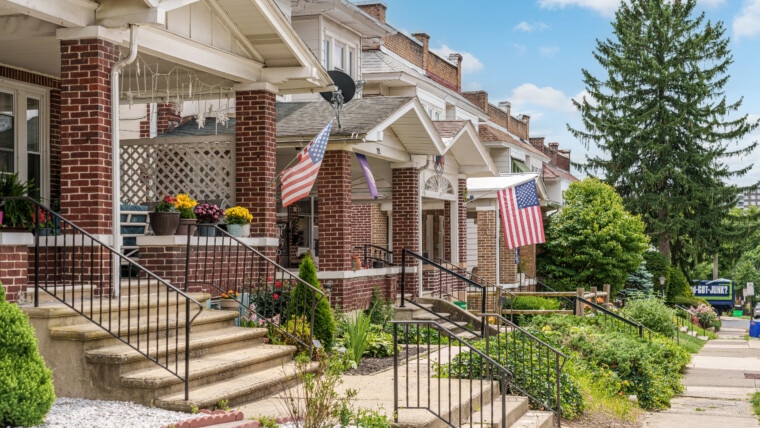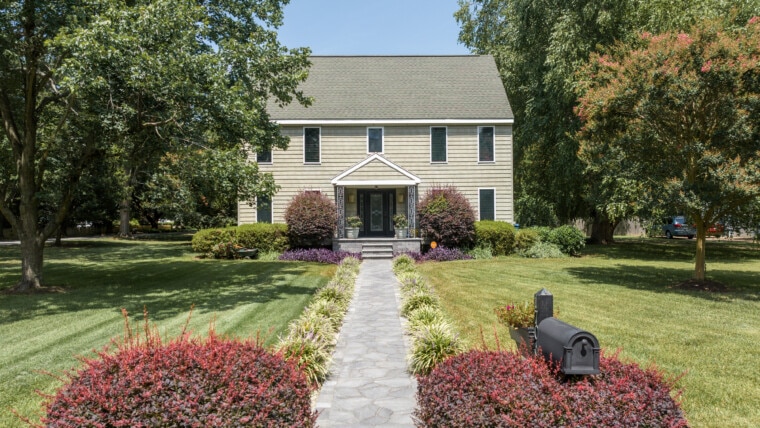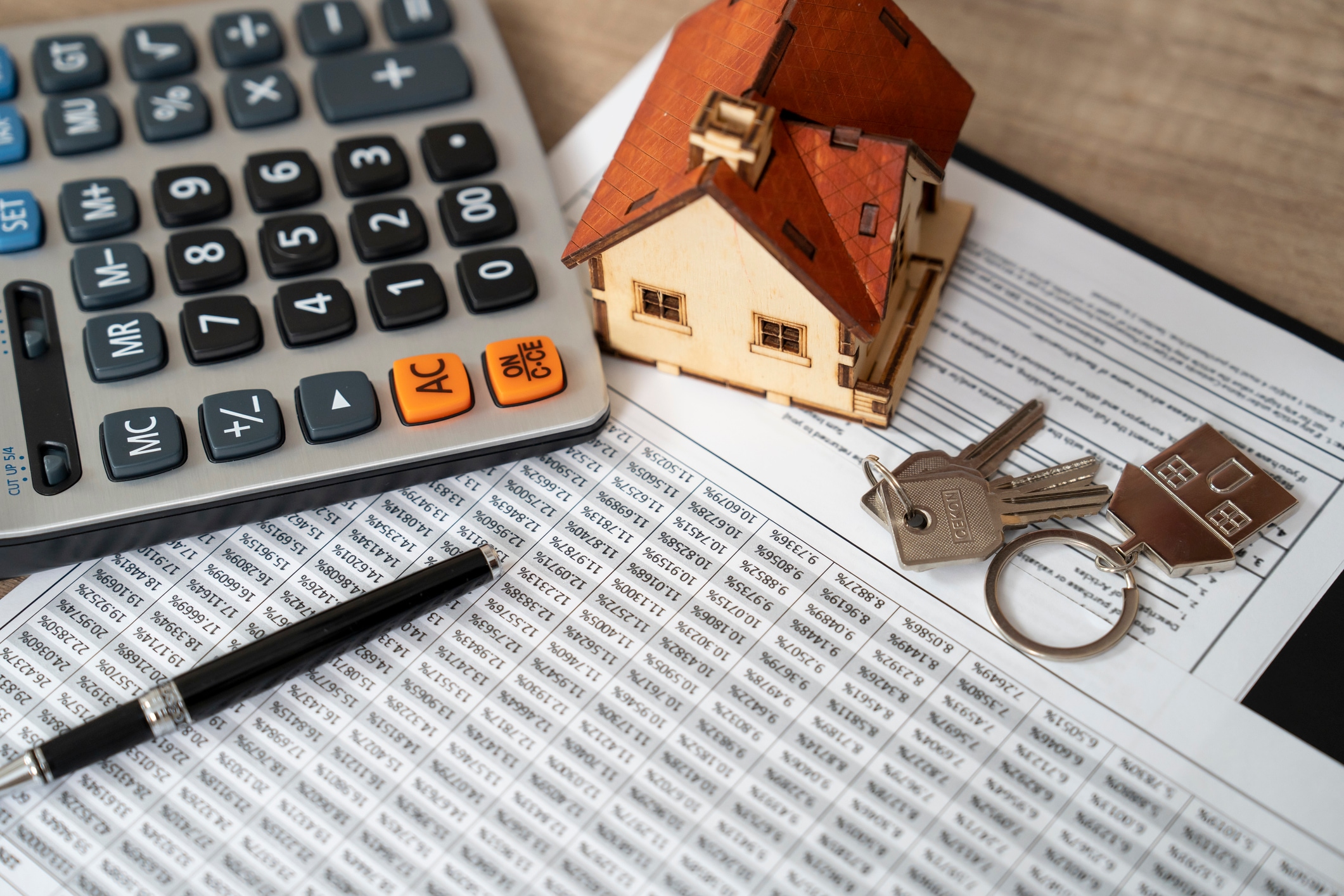Saving for a down payment can be one of the biggest barriers to homeownership, and lenders view borrowers who can put more money down as less of a risk.
Private mortgage insurance (PMI) allows you to secure a conventional home loan with a down payment of less than 20%. It’s a type of mortgage insurance that reduces the risk a lender assumes by offering a larger loan amount with a smaller down payment. While PMI will increase the cost of your mortgage, the tradeoff is that it will allow you to qualify for a home loan that you might not otherwise be able to get.

Why Lenders Require PMI
“PMI is the insurance that protects lenders in case you can’t keep up with your mortgage payments,” says Michael Branson, CEO at All Reverse Mortgage.
To a lender, a larger mortgage loan with a lower down payment indicates higher risk. PMI payments buy coverage to protect the lender if the borrower defaults on the mortgage.
How PMI Affects a Mortgage
PMI is an added fee rolled into your monthly mortgage payment. “I’ve seen buyers feel frustrated because PMI can significantly increase their payments, but for many, it’s the only way to get into a home without having to save for years for a 20% down payment,” says Matt Schwartz, co-founder at VA Loan Network.
Plus, PMI is not permanent. It automatically goes away after your remaining loan balance reaches 78% of the home’s original value. In some cases, you may be able to eliminate PMI even sooner.
How Much Is Private Mortgage Insurance?
“If you have a $300,000 loan, PMI could cost you anywhere from $75 to $375 monthly,” Branson explains. “Generally, the better your credit score and the larger your down payment, the less you’ll pay.” Branson’s estimate means buyers can expect to pay from 0.3% to 1.5% of their original mortgage amount each year.
PMI is calculated based on several factors, including:
- Down payment: The more you are willing to put down, the less your PMI will cost.
- Loan-to-value (LTV) ratio: An LTV ratio is the percentage of the home’s value that is being loaned. A higher LTV ratio comes with higher PMI costs.
- Credit score: Borrowers with higher credit scores often have lower PMI rates, as they are seen as less of a credit risk.
- Type of loan: An adjustable-rate mortgage (ARM) has higher PMI rates because it carries more risk than a fixed-rate mortgage.
How Can I Remove PMI?
Private mortgage insurance doesn’t last forever on a conventional loan. Here are the main ways to get rid of PMI:
- Automatic cancellation: The Homeowners Protection Act of 1998 requires lenders to automatically cancel PMI when the LTV ratio reaches 78%. Another way to think about it is when your equity reaches 22% of the home’s original value.
- Request cancellation: You can cancel PMI by submitting a written request to your mortgage servicer after your LTV ratio reaches 80%, or 20% equity in the home. You must have a good mortgage payment history and satisfy all the mortgage holder’s requirements.
- Increase in home value: You can submit a request to cancel your PMI if your home’s value has appreciated to the point where you have 20% equity. Some lenders require two to five years of homeownership before you can take this route, and you will have to pay for an appraisal to revalue your home. You can check to see if your property has appreciated with a Home Valuation Report.
- Renovate your home: You could increase the value of your home by making improvements or adding square footage. After the work is completed, you will need to get your home appraised.
- Refinance: If you have 20% equity in your home, you can refinance to a new loan without PMI requirements.
How to Avoid PMI
If you want to avoid PMI, your best option is to save for a 20% down payment. “If that’s out of reach, you could also look into piggyback loans,” Branson says.
- Piggyback loan: A piggyback loan is taken out at the same time as your mortgage. It is used to cover an additional portion of the down payment. For example, you can reach the 20% threshold to avoid PMI with a 10% down payment and a 10% piggyback second mortgage. Keep in mind that piggyback loans typically have a higher interest rate, which is often adjustable, according to the Consumer Financial Protection Bureau (CFPB).
For those who qualify, another alternative to PMI is to secure a government-backed loan.
- Government-backed loans: Certain types of loans, such as VA loans backed by the Department of Veterans Affairs and USDA loans from the U.S. Department of Agriculture, don’t require PMI. VA loans also have no minimum down payment requirement, but borrowers pay a VA funding fee at closing. USDA loans have an upfront guarantee fee as part of closing costs and an annual fee. If you qualify for one of these loans, you could save thousands of dollars over the loan term.
The Pros and Cons of PMI
Benefits:
- Mortgage affordability: The upfront money needed to buy a home is significantly reduced. Because of PMI, the minimum down payment on a conventional mortgage can be as low as 3%.
- Faster homeownership: Saving up for a 20% down payment on a home can take years. By taking on PMI, a buyer can purchase a home and build equity much sooner.
- More liquid assets: A lower down payment can mean more money stays in your savings. Liquid assets can be important for home renovations, unexpected hidden costs or investment opportunities.
Drawbacks:
- Additional monthly cost: PMI costs vary, but you can expect to pay $25 to $125 per month for every $100,000 borrowed.
- It can be difficult to cancel: Lenders automatically cancel PMI after your LTV reaches 78%. You can cancel it before then if you’ve built up 20% equity in your home, but your lender may require an appraisal, refinancing or several years of homeownership.
- Potential for long-term financial burden: Higher mortgage payments due to PMI can strain your budget and prevent you from contributing toward retirement accounts, saving money or making investments.
Variations of PMI
The most common type of PMI is borrower-paid mortgage insurance, where a monthly fee is added to a borrower’s mortgage payments. However, there are a few other variations that you might consider under certain circumstances.
- Single-Premium: The buyer pays the entire insurance amount upfront at closing. By paying in advance, your monthly costs will be lower, but if you sell the home earlier than expected, that upfront money will not be refunded.
- Lender-Paid: The lender pays for PMI but charges a slightly higher interest rate. The rate on a loan with lender-paid PMI will not be reduced after you’ve built 20% equity. However, monthly payments are typically lower, allowing you to borrow more.
- Split-Premium: The buyer pays only a portion of PMI as a lump sum at closing. This option might be chosen if you want a lower monthly payment but can’t afford the entire sum. It can also be partially refunded.
Other Types of Mortgage Insurance
MIP: Mortgage insurance premium (MIP) applies to loans insured by the Federal Housing Administration (FHA). MIP typically cannot be removed from an FHA loan without refinancing. Rates mainly depend on the LTV ratio, so this option can be better for borrowers with low credit scores.
A study by the Urban Center shows that the average credit score for a loan with PMI is 746, and the average credit score for an FHA loan with MIP is 671.
MPI: Mortgage protection insurance (MPI) is very different from PMI and MIP. It is an insurance policy that pays off your mortgage if you pass away or become disabled and can no longer work to pay your mortgage. This policy is designed to protect the borrower, not the lender.
The Bottom Line on Private Mortgage Insurance
It can be challenging to decide whether to take on PMI payments. PMI lets buyers who do not have a 20% down payment secure a home loan. However, the payments can add up to thousands of dollars that do not directly benefit the homebuyer. There are also alternatives to paying for PMI, like piggy-back loans, lender-paid mortgage insurance and other types of loans. If you’re unsure what’s best for you, ask your real estate agent to connect you with a trusted lender who can help determine your best path toward homeownership.
Virginia native Catherine Lashley loves exploring other areas of the country through her work. “Writing about a neighborhood feels like getting to know a new friend,” she says. “I enjoy spending time with them to find out their story.” Catherine is an experienced and thoughtful content writer with a bachelor’s in English from the College of William & Mary. Her previous experience in search engine optimization forms the backbone of her journalistic storytelling at Homes.com.














